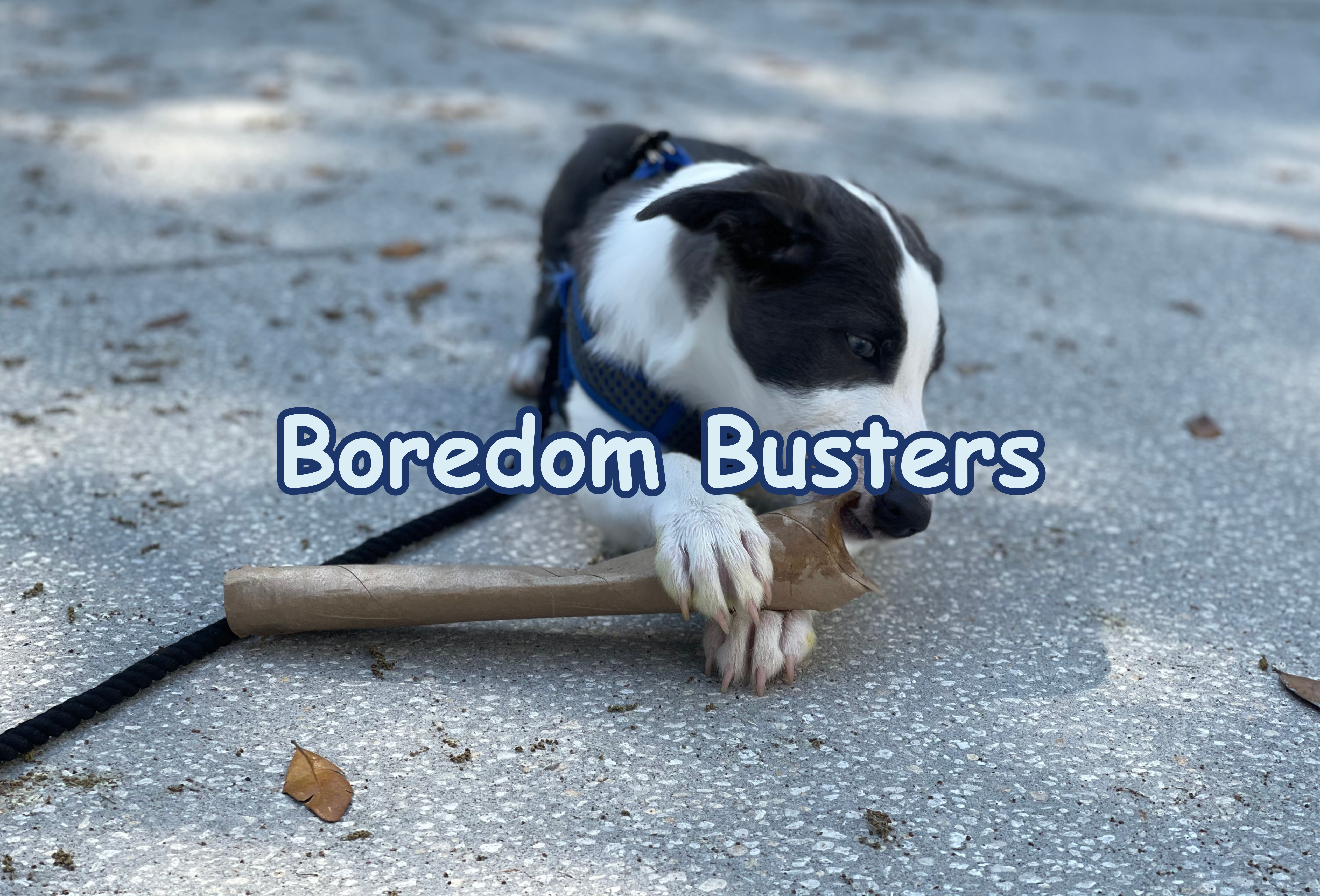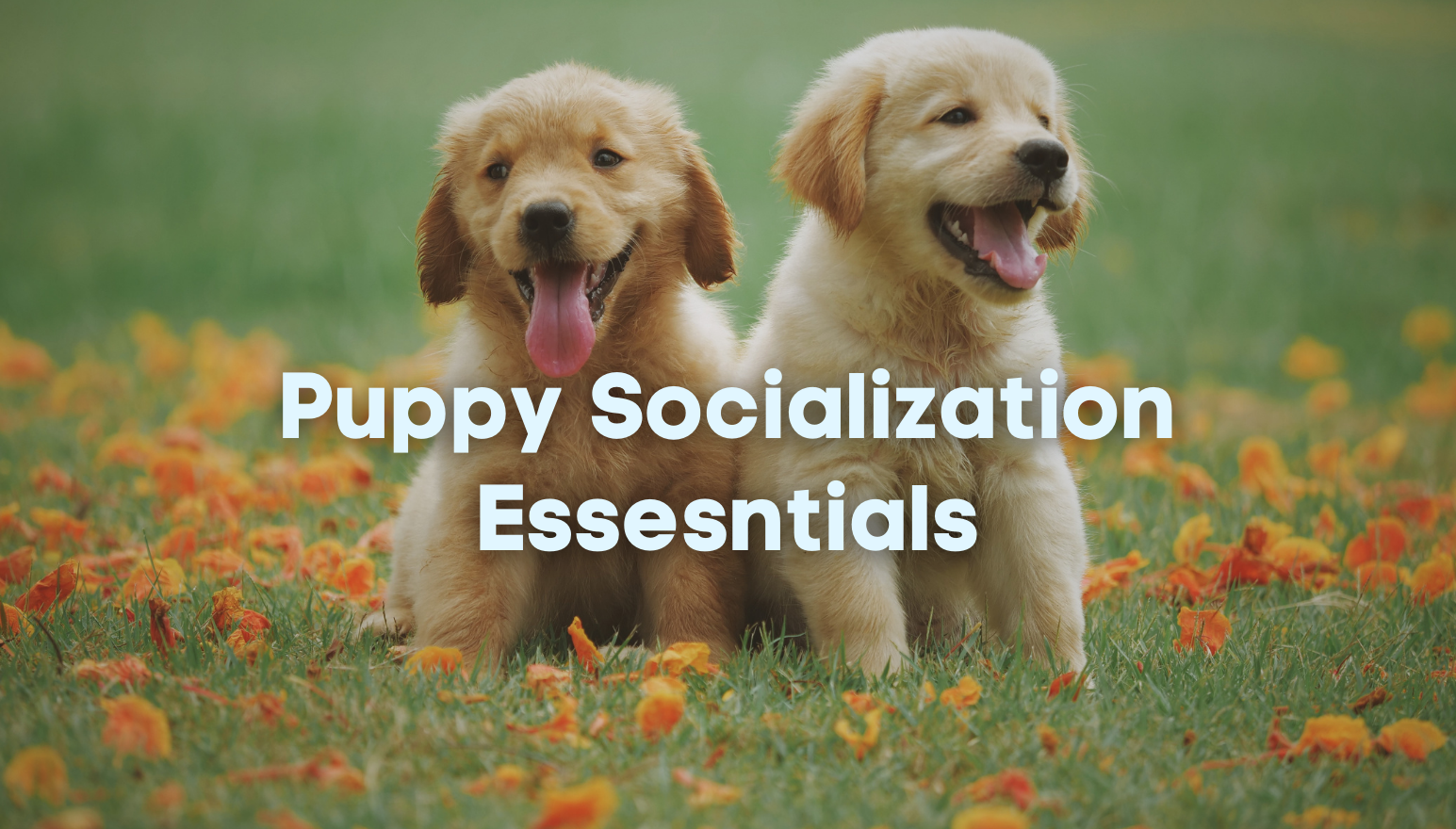
It is possible to teach a dog anything she is mentally or physically capable of using positive reinforcement. Positive reinforcement is anything that the dog determines to be a reward. Most dogs enjoy food, toys and human attention, so those things can be used to train those dogs. If a dog does not like human attention then you won’t be able to use that to train the dog. A good dog trainer understands this and has lots of creative ideas for motivating your dog.
Positive Reinforcement – The most powerful way to modify behavior is to use positive reinforcement. If a dog trainer recommends that you use spray bottles, throw objects near your dog or shout at your dog, then that trainer lacks the understanding of the principles of behavior. Dog training is not regulated. Anyone can be say they are a dog trainer, so consumers need to be educated to choose wisely. Imagine if teaching children was not regulated, what kind of teachers might we have? How would you know if the teacher your child has truly understands her subject? Consumers are in a vulnerable position, and uneducated dog trainers exploit this every day.
Trainers committed to using positive reinforcement can be identified by the tools that they use. Simply ask the trainer what type of equipment they use. Many tools are dog friendly, meaning that they do not medically harm the dog and are not based on coercion. Unfortunately many people are still using old tools that can be harmful and are forcing the dog into compliance. If a tool is forceful it can create not only medical problems for the dog but also cause unwanted side effects. These side effects can include serious problems like aggression which means that your dog may end up behaving worse than she did before the training started.
One way to get an idea of a good trainer is by the tools they use. Here is a list of tools along with comments of what the tool actually does:
- Choke chain – This metal chain or nylon rope will tighten until it chokes the dog. Avoid the use of choke chains. Dogs have died of strangulation because a choke chain was left on without supervision. Choke chains can cause collapsed tracheas and other medical problems. Prong collar, Pinch or Good Dog Collar Metal or plastic collars that have points that press into your dog’s neck. Like choke chains, prong collars can also cause medical injuries. Specifically the prongs can pierce the dog’s skin and also collapse tracheas.
- Flat buckle collar – These collars are made of a variety of materials but because they buckle like a belt, they do not strangle the dog.
- Martingale collar – Martingales are designed to have a large loop and small loop. The leash is attached to a ring on the small loop, so if the dog pulls the collar will tighten but never to the point of strangling the dog.
- Harness – Harnesses are wonderful tools that are useful for almost all dogs. There are many no pull harnesses available today and most of them are very effective. Consult your dog trainer to help you pick the best no pull harness for your dog.
- Head Collar – If properly used, a head collar is very dog-friendly. Dogs must be given time to get used to wearing a head collar and must be given lots of positive reinforcement while wearing the head collar to ensure that this tool is both effective and creates a happy response in the dog. It is never appropriate to yank on a dog’s leash while she is wearing a head collar as this could potentially cause damage to the dog’s neck.
- Throw chains – Chains or other items thrown at or near the dog. This tool is intended to intimidate or frighten the dog into either stopping behavior or forcing compliance. Instead of using intimidation which can frequently cause undesired side effects, it is better to teach the dog appropriate behaviors.
- Shock Collar or E-Collar – Shock collars use electric shock to force a dog to comply. It is unknown if the shock is harmful to dogs medically. The shock, sometimes call e-stimulation, hurts, go to a pet supply store and try one out on yourself. We would never dream of teaching a child anything using a shock collar, dogs should have the same privilege.
- Clicker – Clickers are simply a tool to help let the dog know what you want. By linking the clicker with a piece of food the dog learns that the click noise is followed by food. Using a clicker speeds up learning although using a marker word is also effective. It is impossible to damage a dog by using a clicker in correctly.
- Food – Trainers that don’t use food use force to coerce behaviors. Refuse to hire trainers who don’t use food.
- Toys – Toys are a great alternative for those dogs that are not food motivated. Many dogs will work for a toss of a ball or a good game of tug. Tug does not cause aggression, that is a myth.
- Praise – In order for praising the dog to work, you must determine if the dog likes praise. Praise the dog and watch her body language, if she gets all happy and wiggly then you can use praise. If she just blankly stares at you, find something else.
- Physical touch – Most dogs like to be touched, but some don’t. Again, evaluate the dog’s body language and determine if the dog likes it, before attempting to use it as a reward.
Other things to consider when interviewing a potential trainer are the use of lables and what type of punishment they recommend as part of training. Labels can be harmful and distract from the undesired behavior and its modification. Punishment should consist of methods that minimize unwanted side effects.
- Dominance – If a trainer you are interviewing makes use of the word dominance, this may be a red flag. Unfortunately, because of the lack of regulation of dog training, most use this word incorrectly. Even more alarming is the fact that the use of the word usually causes s to assume that their dog is trying to take over and that they must be forceful with the dog to prevent this. The fact is that dogs are domesticated. Domestication by definition means that dogs are dependent on people. Furthermore, dogs are just like people they are only trying to get what they want. Attributing a dog’s unknown motivation to “dominance” is almost always inaccurate.
- Punishment – When interviewing a trainer, ask what type of punishment they use. The answer you are looking for is time out, removal of rewards or negative punishment. Any trainer that uses objects that are thrown at dogs, or spray bottles used to intimidate a dog, should be avoided. Leash yanking, shouting and hitting are other forms of undesired punishment.
The reason it is important to avoid anything that intimidates or causes fear in a dog is that these methods cause side effects. These side effects can include other new problems, your dog becoming aggressive or your dog becoming so fearful that she is unable to learn.
Certification – While there are some excellent dog trainers available that are not certified, there are many certifications available at this time that are a good starting point. Here is a list of certifications that require rigorous study. CAP2, Clicker Assessment Protocol level 2 www.LearningAboutDogs.com CPDT-KA, Certified Pet Dog Trainer a certification connected to www.APDT.com CDBC, Certified Dog Behavior Consultant offered through www.associationofanimalbehaviorprofessionals.com. Two other organizations offer endorsements they are www.NADOI.org and www.IIACAB.com
The certifications listed above all take years to get. They require study, experience and a completion of some form of testing. Avoid any trainer who was required to train for weeks to be certified. Dog training is based on the science of behavior and that takes years to truly understand. There are many questionable certifications available that are granted after less than a month of training.
Abuse – There are trainers in every state that have been charged with animal cruelty. While these people are not truly trainers, they are usually smart marketers and know how to fool people into using their services. They frequently offer in board training and it is common that they do not allow people to observe their training because it is “secret”. The secret is that they are using abuse. If a trainer does not let you watch the training process, pass on hiring that trainer. There are no secrets; dog training is based on the science of behavior this information is available to anyone with a commitment to learning.
Abusive training will cause a dog to go into a state called learned helplessness. In learned helplessness a dog is very quiet and shut down. This is what some people want from their pets so they mistakenly think the dog has been trained. The reality is that training modifies behavior not personality. Learned helplessness will fade over time, if the abuse isn’t continued, and frequently the dog will then display aggressive behaviors.
Joy – Just like people, dogs learn best when the training is fun. Learning to sit, down, come, stay and so forth can be taught as games that are enjoyable to both the human and the dog. By making what you need your dog to learn a fun game both you and your dog are much more likely to comply. You are more likely to practice, and your dog is more likely to respond to the cues that you give her.
Trust and Compliance – When you find a trainer you trust and like, stick with that trainer. It is important to make a commitment to the training process so it can be successful. Changing your trainer’s instructions or including things you have seen on TV or read in a book can undermine your dog’s learning. Most of all, the goal is for both you and your dog to feel happy during training, that is why we have dogs to have a fun companion to bond with.
This article was originally printed in Gulf Coast Dog Magazine!




